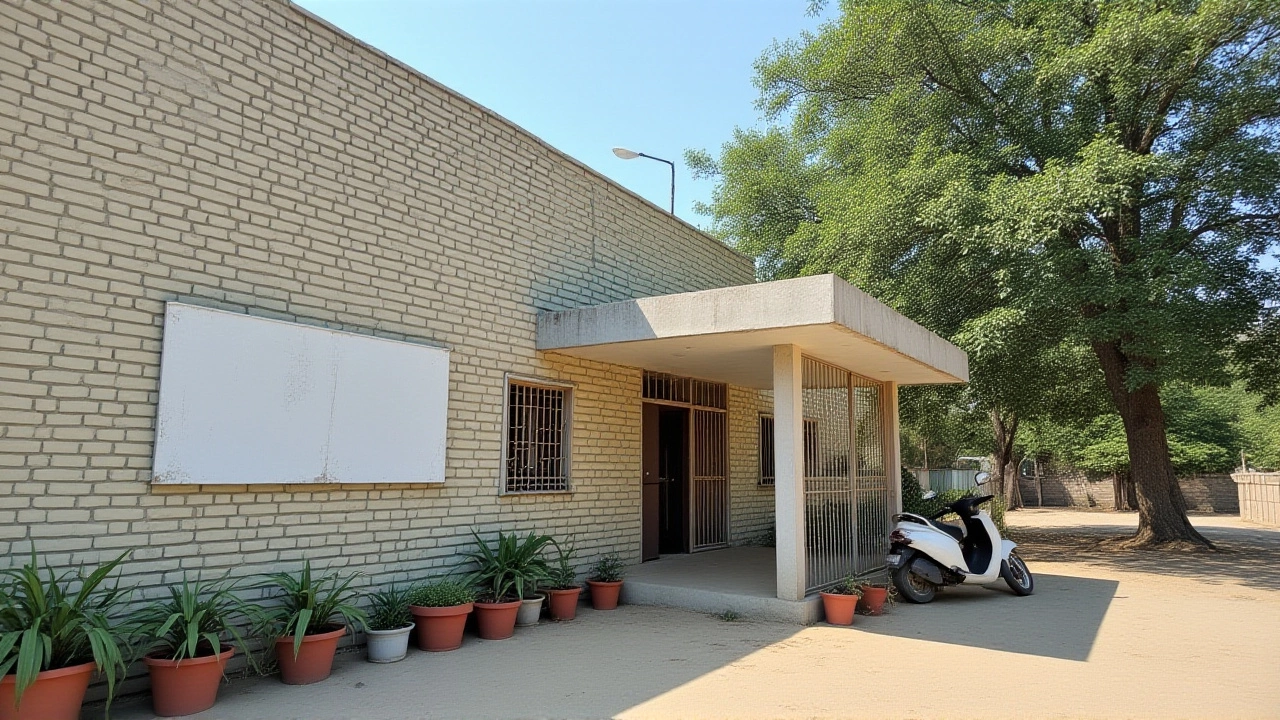Economically Weaker Section (EWS) – Policies, Benefits, and Updates
When talking about Economically Weaker Section (EWS), the group of low‑income households that qualify for special government benefits in India. Also known as EWS category, it aims to improve access to education, jobs, and affordable goods. The Indian government supports this group through government welfare schemes, programs like subsidized travel, health assistance, and skill training, and through fiscal tools such as GST reforms, tax rate adjustments that lower the cost of everyday items. Additional safety nets include price subsidies, direct discounts on products like vehicles and appliances and broader social security measures, pension or pension‑like schemes for senior citizens. Together these elements form the backbone of support for people who fall under the EWS definition.
How Recent Policies Touch the EWS Landscape
The latest GST 2.0 changes illustrate a clear link: by cutting the tax rate on dairy items to zero or five percent, the reform enables lower milk, butter and paneer prices, which directly benefits families in the economically weaker section. That same tax reshuffle moved many auto‑industry products from a 48% slab to 40%, prompting Mahindra to slash SUV ex‑showroom prices by up to Rs 1.56 lakh. For an EWS household, the price drop translates into a realistic chance of owning a reliable vehicle for work or school runs. Another example is Rajasthan's senior‑citizen pilgrimage lottery, a government welfare scheme that selects 40,000 seniors each year for fully funded trips. A significant share of these seniors belong to the EWS, so the program not only offers spiritual fulfillment but also a break from daily financial strain. The LiFE movement, launched on World Environment Day, pushes for clean energy and sustainable living. While its primary audience is the broader public, the movement’s focus on affordable renewable solutions can reduce utility bills for EWS families, demonstrating how environmental policy can intersect with social security goals. These examples create a chain of relationships: EWS encompasses social security measures, those measures are reinforced by government welfare schemes, and both are amplified by GST reforms and price subsidies. In other words, tax cuts lower the cost of essentials, price subsidies make big‑ticket items more accessible, and welfare schemes provide direct assistance to those who need it most.
Below you’ll find a curated mix of stories that show these dynamics in action – from dairy price drops to free pilgrimages, from SUV price cuts to new green initiatives. Each article highlights a piece of the puzzle that shapes life for the economically weaker section in India today. Dive in to see how policy, tax, and subsidies combine to create real‑world impact for low‑income households.

Over 1,600 Private Schools Cited for RTE Admission Violations in Haryana, Gujarat & Punjab
Over 1,600 private schools in Haryana, Gujarat and Punjab face show‑cause notices for breaching RTE admission rules, threatening free education for thousands of EWS children.
Read More